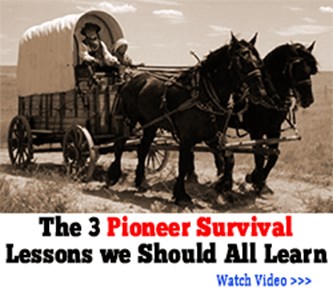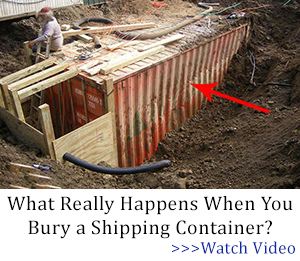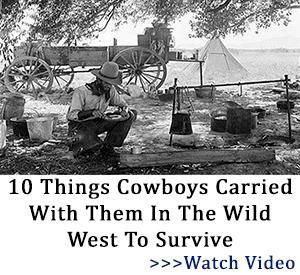The impending sense of panic is familiar to any individual stranded on a windward shore with a gale coming on, disoriented in a maze of bike trails or caught, like Theissen on an exposed ridge with foul weather on the horizon. In many cases, what happens next is the crux moment wherein survival or full-blown disaster ensues. In the case of Theissen, survival started with the acronym, S.T.O.P.
Rather than giving in to an all-too-human panic response, Theissen sat, took stock and acted in a way that likely saved his life. What follows is a briefing on what went through his head … it’s a lesson applicable to all hikers, hunters, canoeists and others who find themselves exposed and unprepared in falling or already frigid temperatures.

In cold temperatures, exposure can kill before anything else has a chance. In Theissen’s case, staying above the timberline was untenable; thus getting below the treeline was his first priority. After that, he would need to find or create shelter, and finally (if possible) create warmth.
While it’s beyond the scope of this article to describe shelter making or fire building in detail (shelter can be found in tree wells, in snow caves, and in the hollows of river banks; tinder is less available in winter than summer, none-the-less evergreens will often yield dry needles, pitch impregnated bark can often be sourced and if the snow-pack is not so deep as to disallow it, reserves of dry leaves and grass can be found under trees, rock overhangs and in tree wells), suffice it says that without either, chance of survival diminish.
What Theissen did was find a root cavity that provided both shelter and tinder; he sealed it as completely as possible with packed snow and insulated himself from the ground using evergreen boughs. He managed to nurse a fire which, while it really never took, provided a certain degree of comfort and localized heat.
Route Finding
There was no way Theissen was going to find his way back to the trailhead in the impending whiteout. And it needs to be stressed; there was NO way he should have tried … even descending to the treeline was a challenge. That said, he was not lost and he had to keep it that way.
Route finding depends on visibility; thus traveling at night, in a white-out or in heavily wooded terrain increases the chances of becoming lost. It’s doubly important in these conditions to think, observe and plan … and to acknowledge that it’s not always prudent to act. It’s often better to stay put than it is to flounder around in unfamiliar terrain risking further disorientation and injury.
By marking his return route to the ridgeline, and traveling only so far as required to ensure shelter, Theissen knew that once visibility returned he would be able to find his way back to the trailhead.
Creating Visibility
If all went well, Theissen would hole up for the night in his makeshift shelter and walk out the following morning. This presumes of course, that he wasn’t lost. If he were, creating the conditions to be found would be his next priority. Experts agree that the three following elements will increase the chances of a rescue party locating a lost hiker…
- Visibility – created by smudge fires, markers, signals
- Positioning – on ridgelines, open riverbanks, at the treeline
- Mobility (or lack thereof) – stationary targets are easier to find
Had Theissen been lost, he would have returned to the ridgeline when conditions allowed, created visibility (stamped a signal in the snow, anchored his foil blanket, built a smudge fire … ) and not strayed from the area.
Hydration
It hardly needs saying, that if you’ve got fuel and a means to light it, the ice and snow you’re surrounded with are a viable source of hydration. If not, there are other sources. Depending on how cold it is, flowing water is frequently available under the snowpack in the bottom of creeks and at river bends. Animals and birds will keep patches of swamps and ponds ice-free. In the alpine, solar radiation can be powerful enough to create ice-melt against dark rock faces.
Nutrition
Nutrition can be more difficult and needs to figure heavily in any self-rescue plan. Cold weather requires more calories from the body and, while it is possible to live for weeks without food, hunger is debilitating and lowers the bodies resistance to cold and the ability to cope.
As it turns out, the Theissen’s storm passed and by 3 am the White’s were lit by a brilliant moon. There was enough light for Theissen to return to the ridgeline and find the marked descent by dawn. The previous day he had stupidly decided to ignore his turn-around time. Every decision after that, however, was the right one, and by early afternoon the following day he was back at his car hungry tired and sheepish … but alive.






